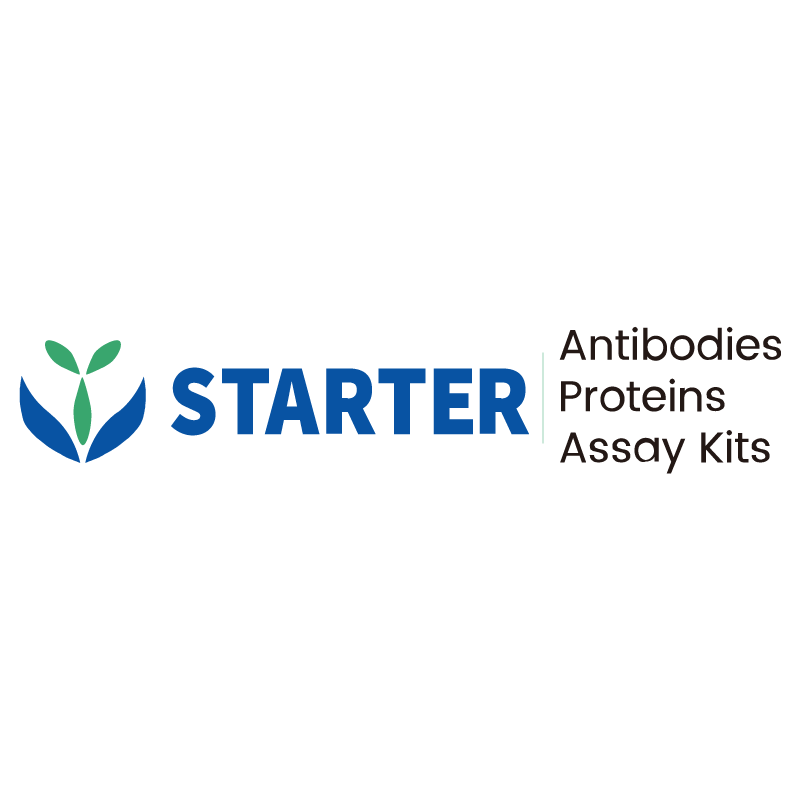Flow cytometric analysis of BALB/c mouse bone marrow labelling Mouse CD205 antibody at 1/2000 (0.1 μg) dilution/ (Right panel) compared with a Rat IgG2a, κ Isotype Control / (Left panel). Goat Anti-Rat IgG Alexa Fluor® 488 was used as the secondary antibody. Cells were stained with Ly-6G/Ly-6C - Pacific Blue™ Antibody separately.
Product Details
Product Details
Product Specification
| Host | Rat |
| Antigen | CD205 |
| Synonyms | Lymphocyte antigen 75; Ly-75; DEC-205; Ly75 |
| Location | Membrane |
| Accession | Q60767 |
| Clone Number | S-R673 |
| Antibody Type | Rat mAb |
| Isotype | IgG2a,k |
| Application | FCM |
| Reactivity | Ms |
| Positive Sample | BALB/c mouse bone marrow |
| Purification | Protein G |
| Concentration | 2 mg/ml |
| Conjugation | Unconjugated |
| Physical Appearance | Liquid |
| Storage Buffer | PBS pH7.4 |
| Stability & Storage | 12 months from date of receipt / reconstitution, 2 to 8 °C as supplied. |
Dilution
| application | dilution | species |
| FCM | 1:2000 | Ms |
Background
CD205, also known as DEC-205, is a type I C-type lectin receptor and a member of the macrophage mannose receptor family. It is primarily expressed on dendritic cells (DCs), cortical thymic epithelial cells, and some leukocyte sub-populations. This receptor is involved in antigen uptake, processing, and presentation, playing a crucial role in the immune system. CD205 has a unique pH-dependent conformational change, allowing it to efficiently capture and internalize antigens in an acidic environment. Due to its high antigen-presenting efficiency, CD205 is widely used in immunotherapy, particularly in the development of antiviral and antitumor vaccines.
Picture
Picture
FC


